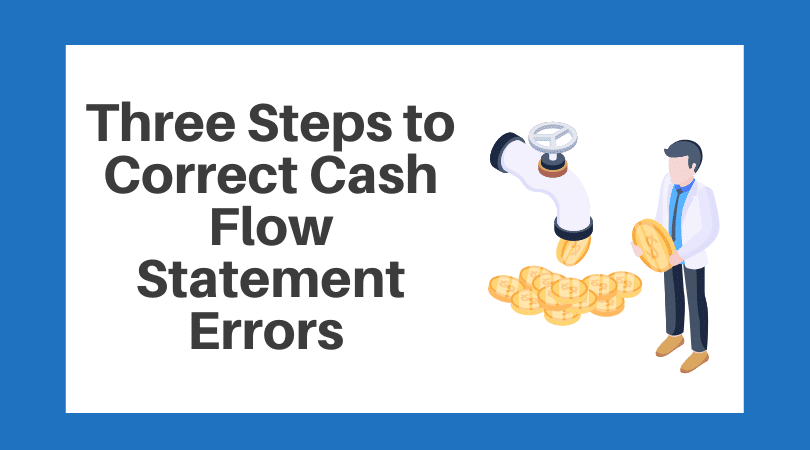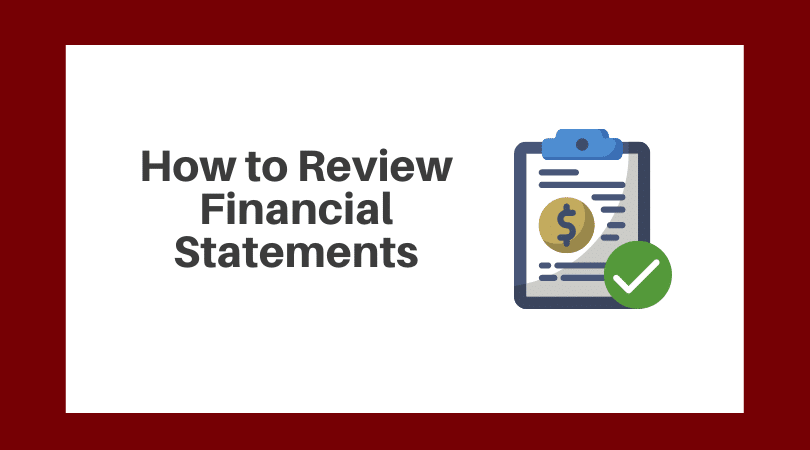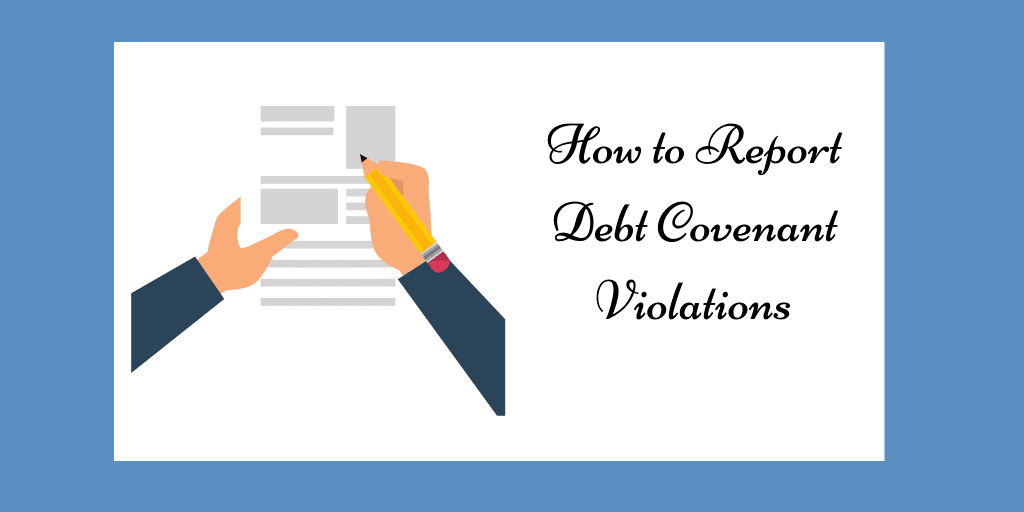
Understanding the Chart of Accounts: A Fundamental Guide
By Charles Hall | Accounting
What is a chart of accounts? If you are new to accounting, you may not know. But you need to understand this part of bookkeeping and accounting whether you use a manual system or an online one such as QuickBooks. A chart of accounts is helpful whether you are using FASB, GASB, or special purpose frameworks.
Below, I explain what a chart of accounts is and how you will use it in bookkeeping and accounting. I also provide thirteen steps to developing a chart of accounts.
What is a Chart of Accounts?
A chart of accounts (COA) is a structured list of an organization’s financial accounts used to categorize and record financial transactions. It serves as the backbone of an accounting system, providing a framework for organizing financial data in a logical manner. The COA is tailored to an organization’s needs and can vary widely in complexity.
The COA is usually hierarchical, with accounts organized in categories and subcategories. These categories include assets, liabilities, equity, revenue, and expenses. Each account within the COA is typically assigned a unique identifier, usually a numerical code (see examples below), to facilitate data entry and reporting.
Example Chart of Accounts
Here’s an example of a chart of accounts:
Assets
– 1010: Cash
– 1010.1 Operating Checking
– 1010.2 Payroll Checking
– 1010.3 Special Projects Checking
– 1020: Accounts Receivable
– 1030: Inventory
– 1040: Fixed Assets
– 1040.1: Buildings
– 1040.2: Machinery
Liabilities
– 2010: Accounts Payable
– 2020: Loan Payable
– 2030: Accrued Expenses
Equity
– 3010: Owner’s Capital
– 3020: Retained Earnings
Revenue
– 4010: Sales Revenue
– 4020: Interest Income
Expenses
– 5010: Cost of Goods Sold
– 5020: Rent Expense
– 5030: Utilities Expense
– 5040: Salaries and Wages
Next, I’ll show you how to create account codes.
Account Coding
The numbers used to identify an account (e.g., 1010 for Cash) vary from entity to entity. Account coding involves several elements, including the following:
- Length of the code (the number of digits or characters in the account number)
- Use of spaces, dots, or spaces
- Hierarchical structure (using general categories and subcategories)
- Numerical and alphanumeric (numbers and letters; e.g., 1010AA-15)
Here are examples of operating cash accounts for different companies:
|
Account number for operating cash |
Entity |
|
100.01 |
Joe’s Machine Shop |
|
1000-01 |
Wonderful Coffee, Inc. |
|
10-100-01 |
Jet Products Partnership |
|
10-10-1000-01-A |
Bose Industrial |
|
C-10-10-1000-01 |
Johnson Farms, Inc. |
As you can see, the account code for each operating cash account can vary significantly from entity to entity. So, why the differences?
Factors Affecting Account Coding
Several factors drive the account coding, including the following:
- Laws or regulations (e.g., state law can dictate account coding for governments)
- Industry guidelines
- Business needs for certain information
- Software requirements (some software packages require the use of specific account coding, such as the number of characters)
Additionally, some entities use prefixes to identify the type of asset, liability, equity, revenue, or expense. Here are examples:
|
Prefix |
Type |
|
10 |
Asset |
|
20 |
Liability |
|
30 |
Equity |
|
40 |
Revenue |
|
50 |
Expense |
Using the prefixes, the cash and receivable accounts might appear as follows:
|
Account Number |
Account |
|
10-1000 |
Operating account |
|
10-1005 |
Payroll account |
|
10-1010 |
Capital construction account |
|
10-1020 |
Accounts receivable |
|
10-1025 |
Due from employees |
More complex entities may have longer account codes to accommodate the reporting needs of the entity. For example, a company might use prefix numbers for specific accounts, such as cash. Here’s an example with the first 10 representing assets and the second 10 representing cash.
|
Account Number |
Account |
|
10-10-1000 |
Operating account |
|
10-10-1005 |
Payroll account |
|
10-10-1010 |
Capital construction account |
|
10-20-2000 |
Accounts receivable |
So, why would you add these additional layers in the chart of account number? Additional account coding can make it easier to create financial statements. For example, in the preceding table, total cash can be determined by adding all accounts preceded with 10-10.
So, a company can use account coding to generate certain information, such as total cash.
Next, I’ll show you how the chart of accounts is a part of the financial statement building process.
The Building Blocks of Financial Statements
Key building blocks in the creation of financial statements include:
- Chart of accounts
- Journal entries
- General ledger
- Trial balance
- Financial statement
First, let’s look at how the chart of accounts and journal entries work together.
The relationship between journal entries and the chart of accounts is akin to the relationship between a script and its cast of characters. The COA serves as the cast—a structured list of all accounts where financial transactions can be recorded. Journal entries, on the other hand, are the script— the actual recording of financial transactions as they occur.
Each line in a journal entry uses an account from the COA. The account’s unique identifier (e.g., 1010.1) is used to specify where the debit or credit is to be recorded.
| Account | Description | Debit | Credit |
| 1010.1 | Operating Checking | 1,000 | |
| 4010 | Sales Revenue | 1,000 |
Second, let’s see how the journal entries feed into the general ledger which feeds into the trial balance.
The COA helps categorize transactions appropriately. For example, if a company makes a sale, it debits an asset account (like Accounts Receivable or Cash) and credits a revenue account (Sales Revenue), as defined in the COA. The company records each transaction (journal entry or accounting entry) in the general ledger account, and the general ledger totals create the trial balances.
For example, if there are ten checking account transactions in May, those are added or subtracted from the May 1 opening balance in the general ledger to arrive at the May 31 balance (e.g., $125,453 in the table below).
Third, here’s how the trial balance feeds into the financial statements.
Now, the trial balance (the summary of all account balances) checking account balance reflects $125,453 at the end of May which is included in the financial statements.
Accounting Sequence
So, let me summarize and say once more what the accounting sequence is.
- Accounting entries are made to the general ledger
- The general ledger feeds into the trial balance
- The trial balance feeds into the financial statement.
Summarizing Accounts for Financial Statements
Here is an example of a company’s cash accounts being combined for presentation in the financial statements.
|
Account Number |
Account Name | Balance |
| 1010.1 | Operating Checking | 125,453 |
| 1010.2 | Payroll Checking | 55,871 |
| 1010.3 | Special Projects Checking | 144,120 |
| Total Cash |
$325,444 |
From here, we use the total cash balance in the balance sheet.
Financial Statements
Here are a few lines in the balance sheet:
|
ABC Company Balance Sheet 12/31/20X4 |
|
|
Cash |
$325,444 |
|
Account Receivable |
548,465 |
|
Inventory |
2,587,132 |
|
Current Assets |
$3,461,041 |
In addition to assisting with financial statement creation, there are other advantages to using a chart of accounts.
Four Advantages to a Chart of Accounts
- Consistency and Standardization: The COA provides a standardized framework for recording transactions. This ensures that everyone in the organization uses the same numbering system when making accounting entries, which is crucial for consistency and accuracy.
- Budgeting and Analysis: The COA allows for easier budgeting and financial analysis. Management can assess performance against budgets or historical data by reviewing entries in specific accounts (e.g., sales).
- Compliance and Regulation: A well-defined COA ensures that journal entries comply with regulatory requirements for financial reporting, especially in sectors like governments and nonprofits.
- Error Detection: A well-organized COA can help you quickly identify accounting entry errors. If an entry doesn’t align with the account type (e.g., crediting an asset account when it should be debited), it’s easier to spot.
In light of the above, you may be wondering, “What steps should I follow to get this done?”
Thirteen Steps to Set Up Your COA
Here are steps you can use to set up your COA:
- Understand the Business Structure: Before you start, understand the nature of the business or organization. Is it a manufacturing company, a service provider, a nonprofit, or a government entity? The type of organization will influence the accounts you need.
- Identify Reporting Needs: Determine the financial statements and reports the organization will need. For example, review sample city financial statements to see what is required if your entity is a city government. This will help you structure the COA to align with the financial statements.
- Determine the Basis of Accounting: Cash basis accounting, for example, differs from generally accepted accounting principles (GAAP). GAAP requires accrual accounts such as Accounts Receivable, and the cash basis of accounting does not.
- Consult Regulatory Guidelines: For certain types of organizations, especially governments and nonprofits, regulatory guidelines might dictate the structure of the COA.
- Choose a Numbering System: Decide your account numbering system. A common approach is to use a series of numbers, often in increments of 10 or 100, to allow for future additions.
- Create Main Categories: List the main categories of accounts, such as Assets, Liabilities, Equity, Revenue, and Expenses.
- Add Subcategories: Within each main category, add subcategories. For example, Assets contain Current Assets and Noncurrent Assets.
- Assign Account Numbers: Assign a unique number to each account based on your numbering system.
- Provide Descriptions: Briefly describe each account to clarify its purpose (e.g., operating cash). This is especially useful for anyone not involved in setting up the COA.
- Implement in Accounting Software: Most accounting software allows you to customize your COA. Input the accounts, numbers, and descriptions into the software. Before creating your COA, ensure your accounting software allows your desired numbering system. For example, the software might limit the account number to ten digits.
- Test and Revise: Test the COA by recording sample transactions after initial setup. Make any necessary adjustments.
- Train the Team: Ensure that everyone using the COA understands how to use it correctly.
- Review Periodically: Business needs change, and your COA should accommodate those changes. Review the COA periodically and make updates as necessary.
Additional Chart of Account Considerations
Here are some things you need to consider as you develop your chart of accounts:
- Balance the number of accounts with your reporting needs. Create additional accounts only when necessary. For example, create salary sub-accounts for each department (e.g., operations salaries, logistics salaries, oversight salaries, management salaries) in a large organization, but one salary account might be sufficient in a small entity.
- Some industries, such as healthcare, provide sample COAs. (You’ll find healthcare COA examples on the Internet. The same is true of other industries.) Moreover, some sectors have required COAs. For instance, local governments in Georgia must follow a state-mandated COA.
- There are competing issues in developing account codes: Desire for short account numbers versus Desire for additional information. Short account numbers take less time to enter, but they may limit the entity’s informational abilities. The result: the company may need to export account numbers and balances to Excel and manually compute the required information. Many entities lengthen their account numbers to automatically generate information without additional steps (such as exporting to Excel). The 10-10 prefix for all cash accounts (see above) is an example.
- As you develop the chart of accounts, share it with all stakeholders, those that this will affect (e.g., department heads in your organization). It’s best to get negative feedback as you develop the chart of accounts, not after it is live in your accounting system.
- If you are creating a new account coding system, consider all the information you need (now and in the future) and design the codes accordingly. A common problem for all entities is they outgrow their account codes; when they do, the business may need to revamp the entire account coding—not a pleasant process.
Give Some Love to COA
As I close, let me encourage you to give your chart of account decisions plenty of thought. You’ll be glad you did. If you don’t give your chart of accounts the early love it deserves, you may regret it. Creating a new accounting systems six years out, for example, would be a major headache.
I wish you well as you create your chart of accounts.







